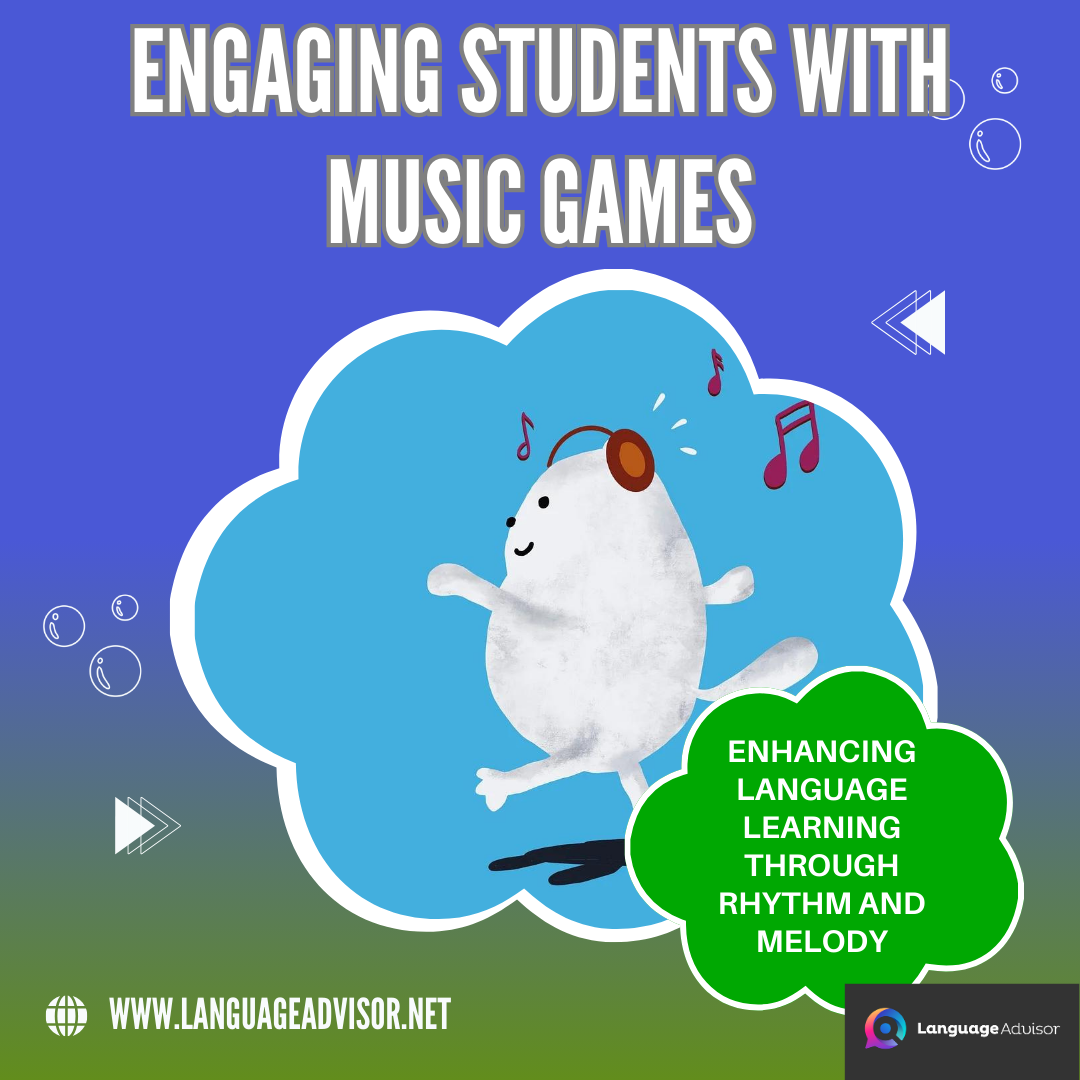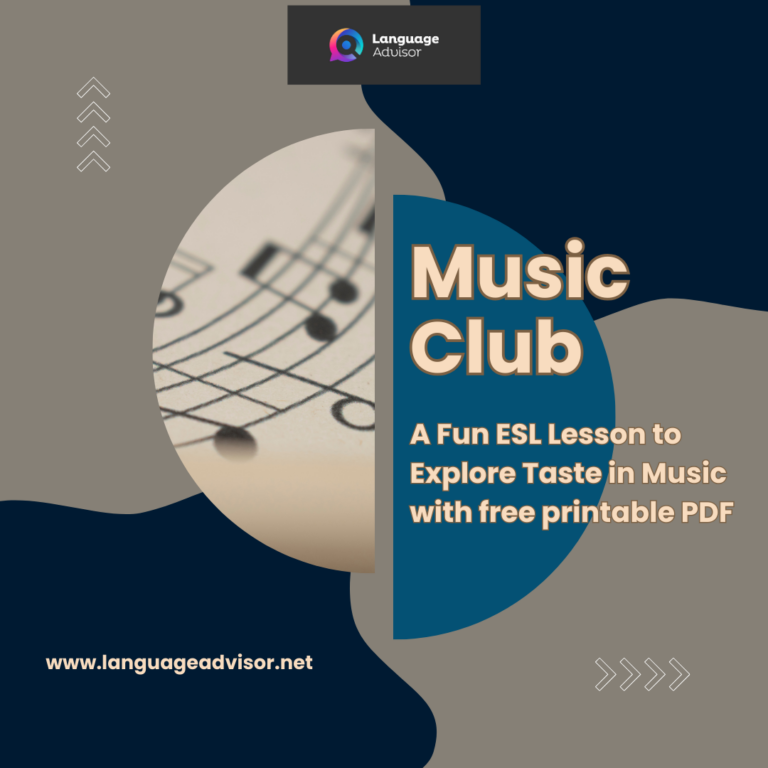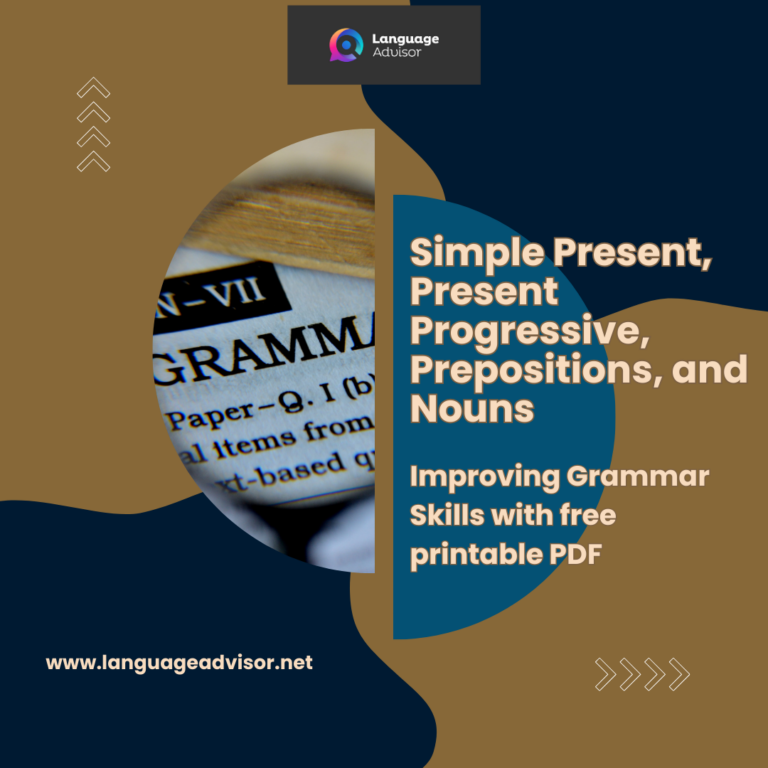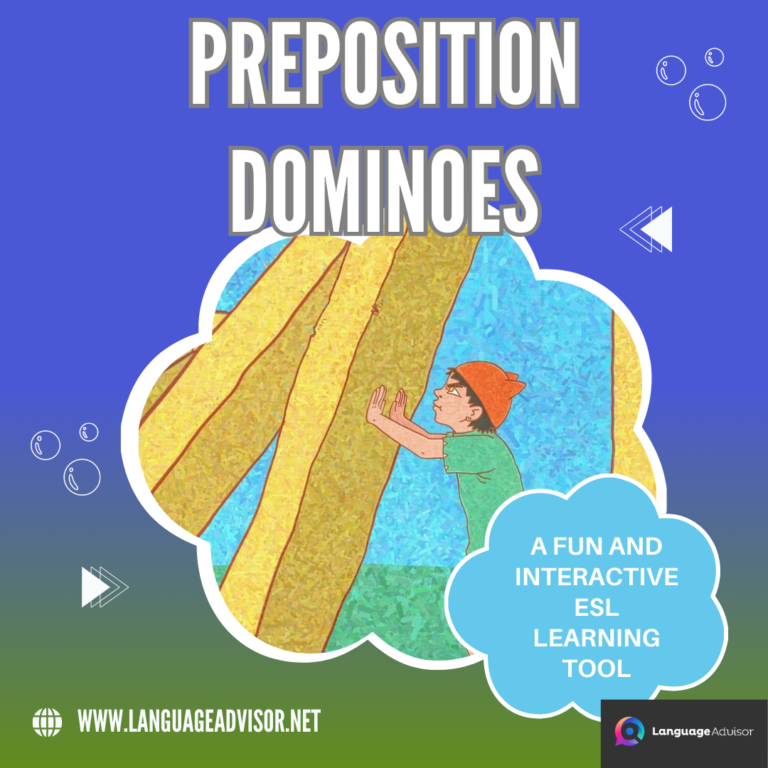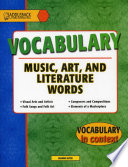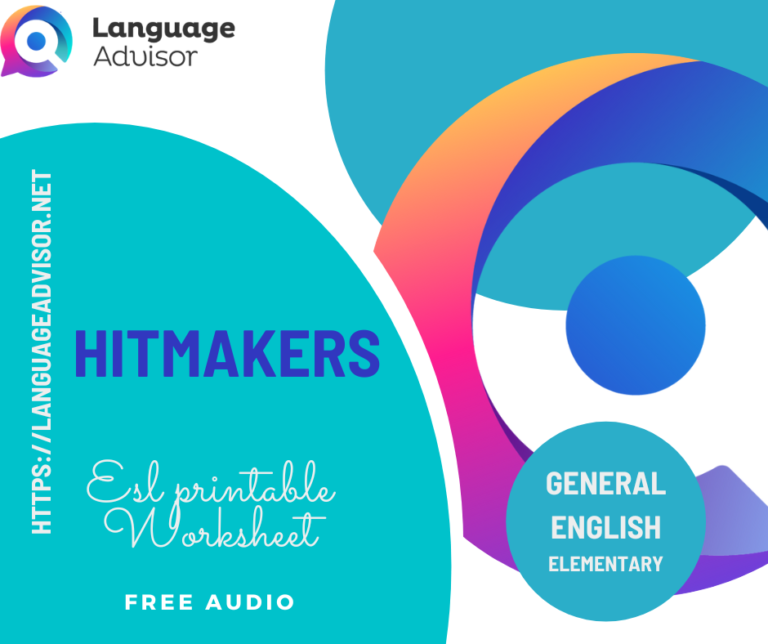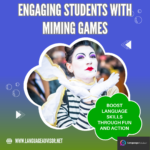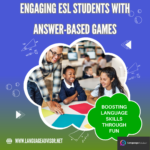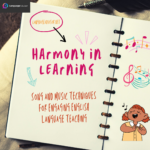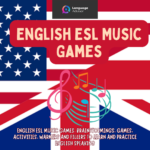Engaging Students with Music Games: Enhancing Language Learning Through Rhythm and Melody
Engaging Students with Music Games

Learning English as a Second Language (ESL) can be challenging for many students, but incorporating fun and interactive activities can significantly enhance the learning experience. One effective and enjoyable method is using music games. These activities not only make learning more engaging but also help improve listening, speaking, and comprehension skills. Music games provide a rhythmic and melodic context that can make vocabulary and grammar more memorable. In this blog post, we will explore various music games that can be integrated into ESL lessons, their benefits, and practical tips for implementation.
Engaging Students with Music Games

Musical Flashcards
This ESL music game is similar to ‘Musical Chairs’. It’s ideal for teaching or reviewing vocabulary with young learners

- Age/Level: Young learners
- Time: 15 minutes
- Players: Individual
- Preparation: A set of flashcards and some music
- Aim: To say the word on a flashcard
Procedure
Spread out the set of flashcards in a circle on the floor.
You should have one flashcard less than the number of students in your class.
Tell the students that they must walk around the flashcards when they hear the music.
When the music stops, they have to stand on a flashcard and shout out the word, according to the picture on the card.
If a student fails to say the correct word, the student without a flashcard has a chance to steal the card from the student by giving the correct word.
The student without a flashcard is out of the game. Take away another flashcard and play again.
The last student left is the winner.
Obviously, when playing this game make sure none of the students are wearing shoes and that your flashcards are suitably covered.

Musical Madness
Here is a highly amusing ESL game that combines music with learning parts of the body.

- Age/Level: Young learners
- Time: 15 minutes
- Players: Pairs
- Preparation: Music
- Aim: To practice or review parts of the body
Procedure
Have each student in the class choose a partner (A and B).
Ask the A students to stand in a circle and hold hands.
Tell the B students to make a circle surrounding the first circle and hold hands.
Tell the students that when they hear some music, the inner circle will move around clockwise and the outer circle will move around anti-clockwise.
Explain to the students that when the music stops, they must find their partner as quickly as possible and touch each other using different parts of the body.
Let the music play for a while and then stop the music at an appropriate point.
You then call out two parts of the body, e.g., elbow to hand.
Students race to find their partner and put one elbow to their partner’s hand.
The last pair of students to find each other and get into position is out of the game.
The students then get back into the two circles. The music starts again and so on.
The last pair of students left is the winner.

Word Grab
This is a fun and lively ESL music game to play with your students

- Age/Level: Elementary and above
- Time: 20 minutes
- Players: 2 teams
- Preparation: 15 words from a song written down on pieces of paper
- Aim: To listen for words in a song
Procedure
Choose a popular song that your students would like.
Pick 15 words from the song and write them down on separate pieces of paper. Then, stick each word to the board.
Divide the class into two teams.
Have each team stand in a line in front of the board. Next, play the song.
When the student at the front of each line hears a word from the song that is on the board, they race each other to grab the word.
Teams win one point for each correct word they grab.
Once students have played, they go to the back of the line and the next two students at the front of the line play.
The team with the most words wins.
You may have to play the song two or three times until all the words have been grabbed. You can make this game more difficult by putting decoy words up on the board.

Word Snake
This is a very simple music game to play with young learners. For this game, you will need a ball.

- Age/Level: Young learners
- Time: 10 minutes
- Players: Individual
- Preparation: Music and a ball
- Aim: To write words beginning with a certain letter
Procedure
Have all the students stand up in a circle.
Play some music and have the students pass the ball to each other until the music stops.
When the music stops, whoever is holding the ball has to write a word in English on the board. You can have the students write any word or you could tell the students what types of words they must write, e.g., verbs, adjectives, animals, etc.
Then, start the music again.
The next student, who is holding the ball when the music stops, has to use the last letter of the word on the board to make another word.
Example:
If a student wrote monkey, the next student would use the Y as the first letter of the new word.
At the end of the game, you should have a long word snake with all the words joined up.

Incorporating music games into ESL instruction can transform the learning experience by making it more enjoyable and effective. These activities not only engage students but also reinforce language skills in a memorable and dynamic way. By leveraging the power of music, teachers can create a stimulating environment that motivates students and enhances their linguistic abilities. Whether through songs, rhythm-based activities, or lyrical analysis, music games offer a versatile tool for ESL educators. Start integrating these fun and educational activities into your lessons and watch your students thrive in their language learning journey.
Engaging Students with Music Games. Also check out these music games


